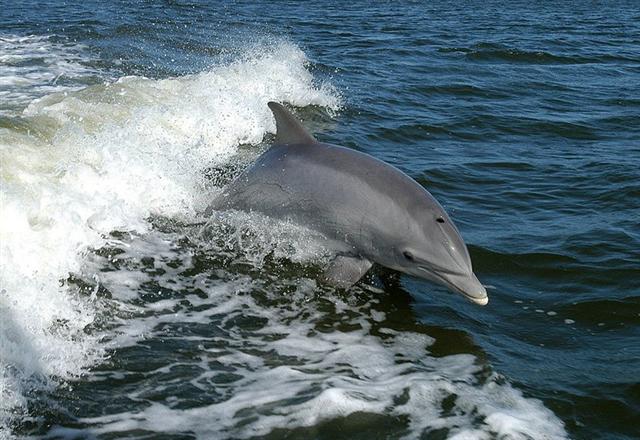The glyphs could have been associated with different precessional dates depending on what the heliacal stars were. In which case the best fit should be searched for by first going back to look at the heliacal star dates at the time of Haedus II - thereby identifying the place among the constellations:
●NOVEMBER 12 could then have been read as novem 12 and counted as 91 * 2 = 182. Rotten Melon was the first Greek lettered star in the Dolphin - ε Delphini (where ε was like ω rotated up again after lying on its back).
We should notice how hakaturou at ω Gemini has a 'knee' as if alluding to 'walking on land'. And it has been drawn with an additional hook at the top, suggesting twin (Gemini) 'fish hooks'. Another way to perceive this great haka-turou ('making a sacriledge') is to imagine a viri with its upper half twisted around:
Chalchiuthlicue seems to have given birth to the Man who has 3 stages: 1) Swimming forcefully ahead. 2) Then, when having reached to his apex, being forced to twist his lower half around in a deadly fashion. 3) And finally to be put into a sarcophagus ('flesh eater'). ... the great high priest and monarch of the Golden Age in the Toltec city of Tula, the City of the Sun, in ancient Mexico, whose name, Quetzalcoatl, has been read to mean both 'the Feathered Serpent' and 'the Admirable Twin', and who was fair of face and white of beard, was the teacher of the arts to the people of pre-Columbian America, originator of the calendar, and their giver of maize. His virgin mother, Chimalman - the legend tells - had been one of the three sisters to whom God, the All-Father, had appeared one day under his form of Citlallatonac, 'the morning'. The other two had been struck by fright, but upon Chimalman God breathed and she conceived. She died, however, giving birth, and is now in heaven, where she is revered under the honourable name of 'the Precious Stone of Sacrifice', Chalchihuitzli. Quetzalcoatl, her child, who is known both as the Son of the Lord of the High Heavens and as the Son of the Lord of the Seven Caves, was endowed at birth with speech, all knowledge, and all wisdom, and in later life, as priest-king, was of such purity of character that his realm flourished gloriously throughout the period of his reign. His temple-palace was composed of four radiant apartments: one toward the east, yellow with gold; one towards the west, blue with turquoise and jade; one toward the south, white with pearls and shells; one towards the north, red with bloodstones - symbolizing the cardinal quarters of the world over which the light of the sun holds sway. And it was set wonderfully above a mighty river that passed through the midst of the city of Tula; so that every night, precisely at midnight, the king descended into the river to bathe; and the place of his bath was called 'In the Painted Vase', or 'In the Precious Waters' ... The 10th (out of 20) Babylonian ecliptic station was at Alhena (γ Gemini), which thus possibly was corresponding to the apex of Sun's path (the Belly of the Sun):
Maui had created the point (tara) of his fish-hook from the jawbone of his ancestress: ... 'Wait on,' said Maui, 'I haven't tried my line yet.' 'Where did you get a hook?' they asked. 'Oh, I have one of my own', said Maui. So the brothers knew for certain now that there was going to be trouble, as they had feared. They told him to hurry and throw his line over, and one of them started bailing. Because of the weight of the fish they were carrying, water was coming in at the sides. Maui produced his hook from underneath his maro, a magnificent, fishing hook it was, with a shank made of paua shell that glistened in the sunlight. Its point was made of the jawbone of his ancestress, and it was ornamented at the top of the shank with hair pulled from the tail of a dog ... Mayan number 10 (lahun) was illustrated as a face where the lower jaw was without flesh - a jawbone:
The opposite of a dry old bone was to be soft like a rotten melon. |
||||||||||||||||||||||||||||||||||||||||||||||||||||||||||||||||||||||||||||||||||||||||||||||||||||||||||






